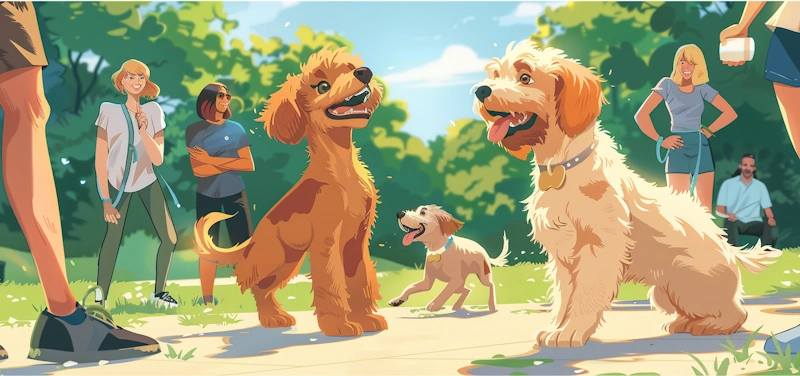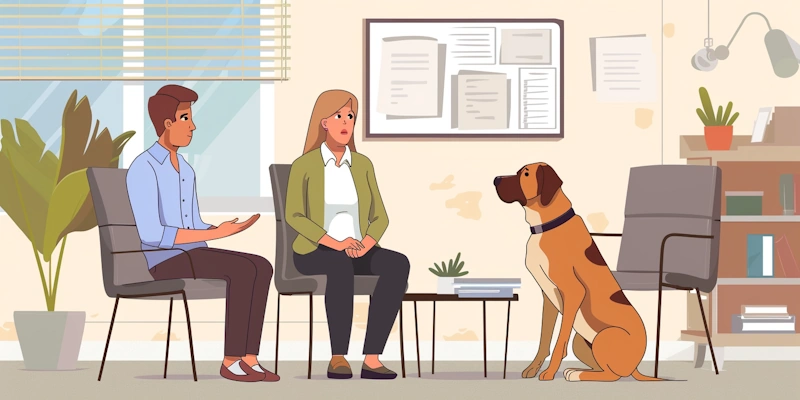Aggression in dogs can be alarming and dangerous if not properly managed. Understanding the underlying causes and implementing effective solutions is crucial for any dog owner facing this challenging behavior. This post explores why dogs may exhibit aggressive behavior and provides practical strategies for addressing it.
Understanding the Causes of Aggression
Aggression in dogs often stems from various sources. It can be a result of fear, territorial defense, protective instincts, or even pain and illness. Sometimes, aggression is learned through the environment or lack of proper socialization during the puppy stages. Identifying the root cause is essential to effectively address the behavior.
Types of Aggression

Recognizing different types of aggression is critical for determining the appropriate response. Fear aggression occurs when a dog feels threatened and trapped. Territorial aggression involves defending a space, such as a home or yard, from perceived intruders. Resource guarding is another form where a dog aggressively protects food, toys, or other valuables.
Early Socialization and Training

Prevention is key in managing dog aggression. Socializing your dog from a young age exposes them to various people, animals, and environments, reducing fear and anxiety. Consistent, positive reinforcement training establishes good behaviors and discourages aggressive responses. Training should focus on obedience and impulse control, which are crucial for managing aggressive tendencies.
Creating a Safe Environment
Modify your environment to reduce triggers for aggression. If your dog is territorial, using curtains or fences to block their view of the outside can prevent barking and lunging at passersby. For resource guarders, feeding them in a private area where they won’t be disturbed can help reduce food aggression.
Professional Help

Severe cases of aggression often require professional intervention. A qualified dog trainer or animal behaviorist can assess the situation, identify triggers, and create a tailored behavior modification plan. In some cases, consultation with a veterinarian is necessary to rule out medical causes of aggression, such as pain or hormonal imbalances.
Management and Control
While addressing the root causes, it’s important to manage the aggression effectively to ensure safety. Use leashes, muzzles, or crates, if necessary, especially in situations where your dog might become aggressive. Never punish a dog for aggression, as this can exacerbate the problem and damage your relationship with your pet.
Communication and Body Language
Understanding canine body language helps in identifying early signs of aggression. Signs like raised hackles, growling, stiff body posture, and staring are warnings that a dog is uncomfortable and may become aggressive. Recognizing these signs early can help you intervene before the behavior escalates.
Conclusion
Dealing with aggression in dogs requires patience, understanding, and a proactive approach. By identifying the root causes and implementing effective solutions, you can help your dog overcome aggressive tendencies and lead a happier, healthier life. Always consider seeking professional help when dealing with severe aggression to ensure the safety of both your dog and those around it.